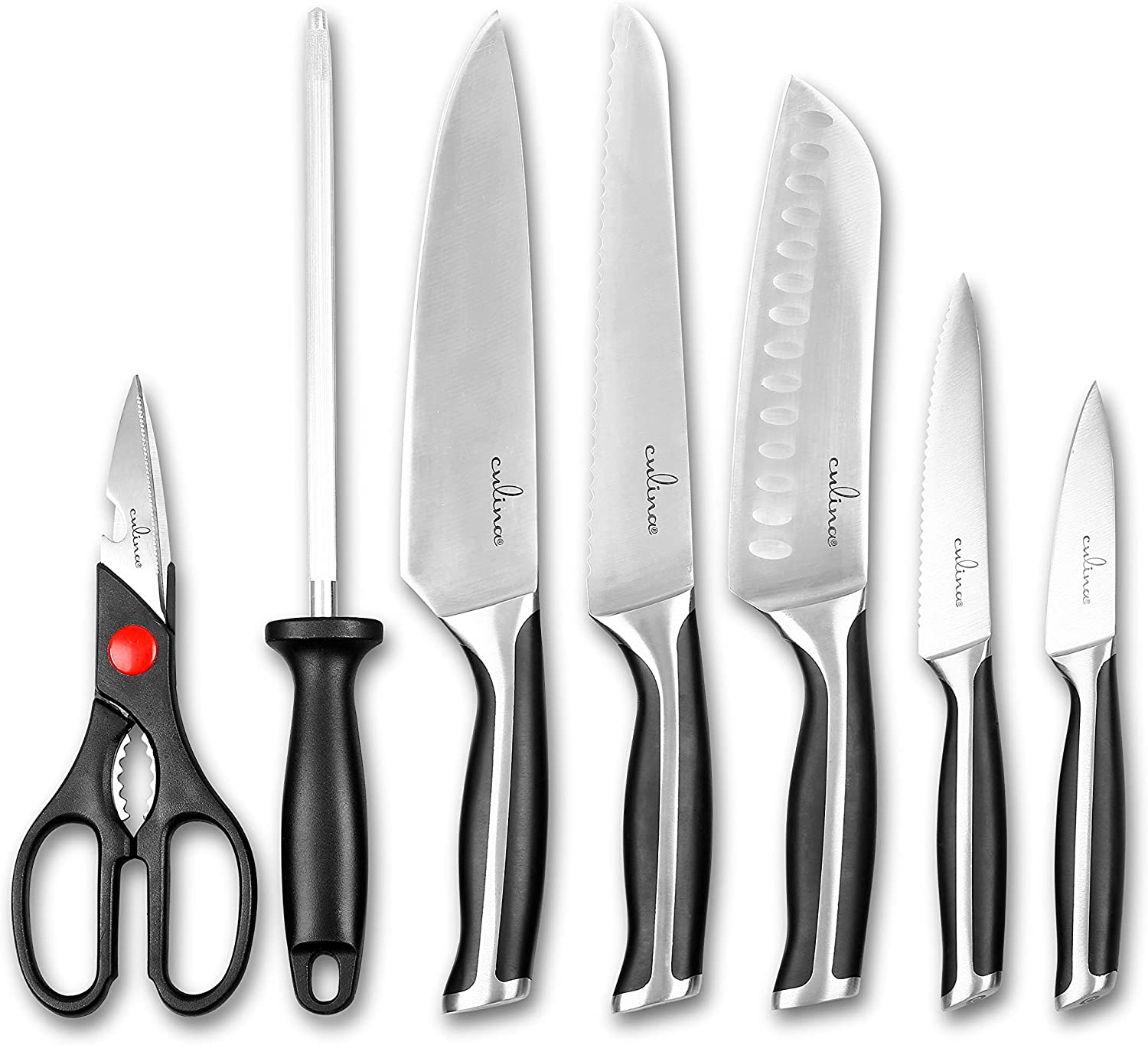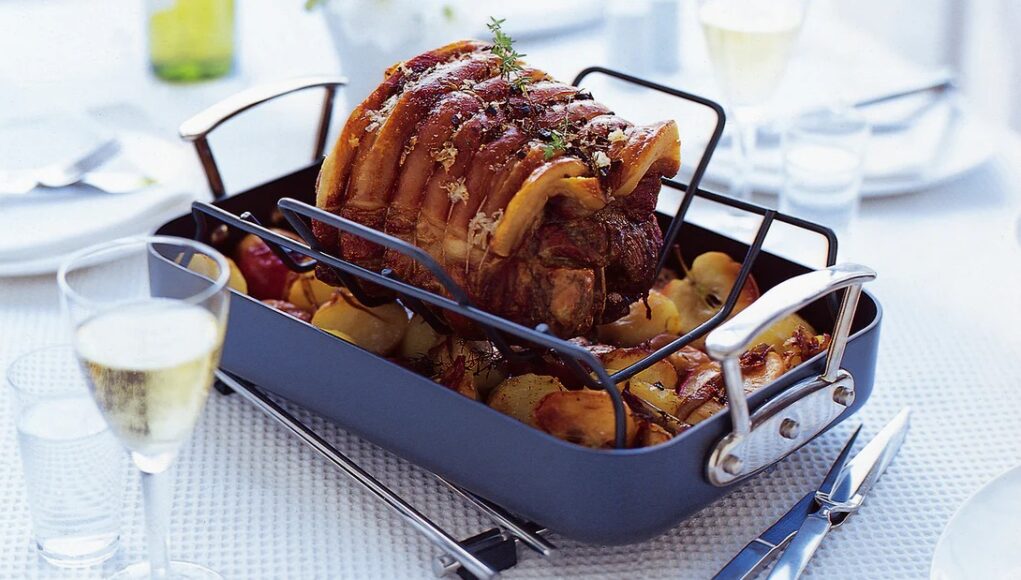Understanding how much water to put in a roasting pan is crucial for getting the perfect roast, whether its for chicken, turkey, or any other meat. The right amount can make your dish more flavorful and moist. In this article, we’ll dive deep into the details of using water in a roasting pan, covering everything from the basics to advanced tips and tricks.

Introduction to Roasting Pans
Roasting pans are indispensable in any kitchen, making them perfect for chicken lovers and anyone who enjoys a good roast. We’ll explore the different types of roasting pans and the role of water when using them.
Why Use Water in a Roasting Pan?
Adding water to your roasting pan helps to keep the meat moist, prevents burning, and creates delicious drippings that can be used for gravy. Its a technique that not all home cooks know but one that can significantly improve your cooking results.
Types of Roasting Pans
There are various types of roasting pans available, each serving different needs. Understanding their differences can help you select the one best suited for your cooking style.
Material Matters
From stainless steel to aluminum and cast iron, the material of your roasting pan affects heat distribution and cooking time. We’ll delve into each type’s pros and cons to guide your decision-making.
Size and Shape
The size and shape of your roasting pan should match the size of the meat youre cooking. A pan that’s too small can lead to spillage, while one that’s too large might result in uneven cooking.

How Much Water to Use
This is the big question! Typically, 1-2 cups of water at the bottom of the pan is ideal. However, the exact amount can vary based on what you’re cooking.
Roasting Chicken
For chicken, 1 cup of water is generally sufficient. This amount allows the chicken to stay moist while also ensuring the skin gets nicely browned and crispy.
Roasting Turkey
Larger birds like turkeys may require up to 2 cups of water due to their size. This helps to keep the meat juicy and flavorful throughout the cooking process.
Vegetables and More
When roasting vegetables or smaller cuts of meat, you might only need a splash of water. The goal is to prevent burning while not steaming the food, which can alter texture and taste.
Advanced Tips for Using Your Roasting Pan
Once youve mastered the basics, there are several advanced techniques you can try to elevate your roasting game further.
Using Broth Instead of Water
Substituting water with broth or stock can add an extra layer of flavor to your meat and drippings. This method is particularly effective for holiday roasts and special occasions.
Herbs and Spices
Add herbs and spices directly to the water or broth in your pan. This not only seasons your roast but also infuses the drippings with aromatic flavors, perfect for making rich, flavorful gravy.
Cleaning and Maintenance
Properly cleaning and maintaining your roasting pan ensures it lasts for years. Here are some tips to keep your pan in top shape.
Post-roast Cleaning
After cooking, let the pan cool slightly before adding warm, soapy water. Avoid using harsh chemicals or abrasive scrubbers that can damage the pans surface.
Storing Your Pan
Store your roasting pan in a dry, cool place. If you have limited storage space, consider pans with removable racks or those designed to nest within each other.
Common Mistakes to Avoid
Even experienced cooks can make mistakes. Here are some common pitfalls to avoid.
Overfilling with Water
Too much water can lead to steaming instead of roasting, which affects texture and flavor. Stick to the recommended amounts to get the best results.
Not Monitoring
Always keep an eye on the water level during cooking. You may need to add more if it evaporates too quickly, especially for longer roasting times.
Frequently Asked Questions (FAQs)
Q1: Do I need to use water every time?
No, but using water can help improve your roasting results by keeping the meat moist and preventing burning.
Q2: Can I use wine instead of water?
Yes, wine can be an excellent substitute for water, adding unique flavors to your dish.
Q3: How often should I check the water level?
Check the water level every 30 minutes, especially for larger roasts like turkey.
As an Amazon Associate, I earn from qualifying purchases.









